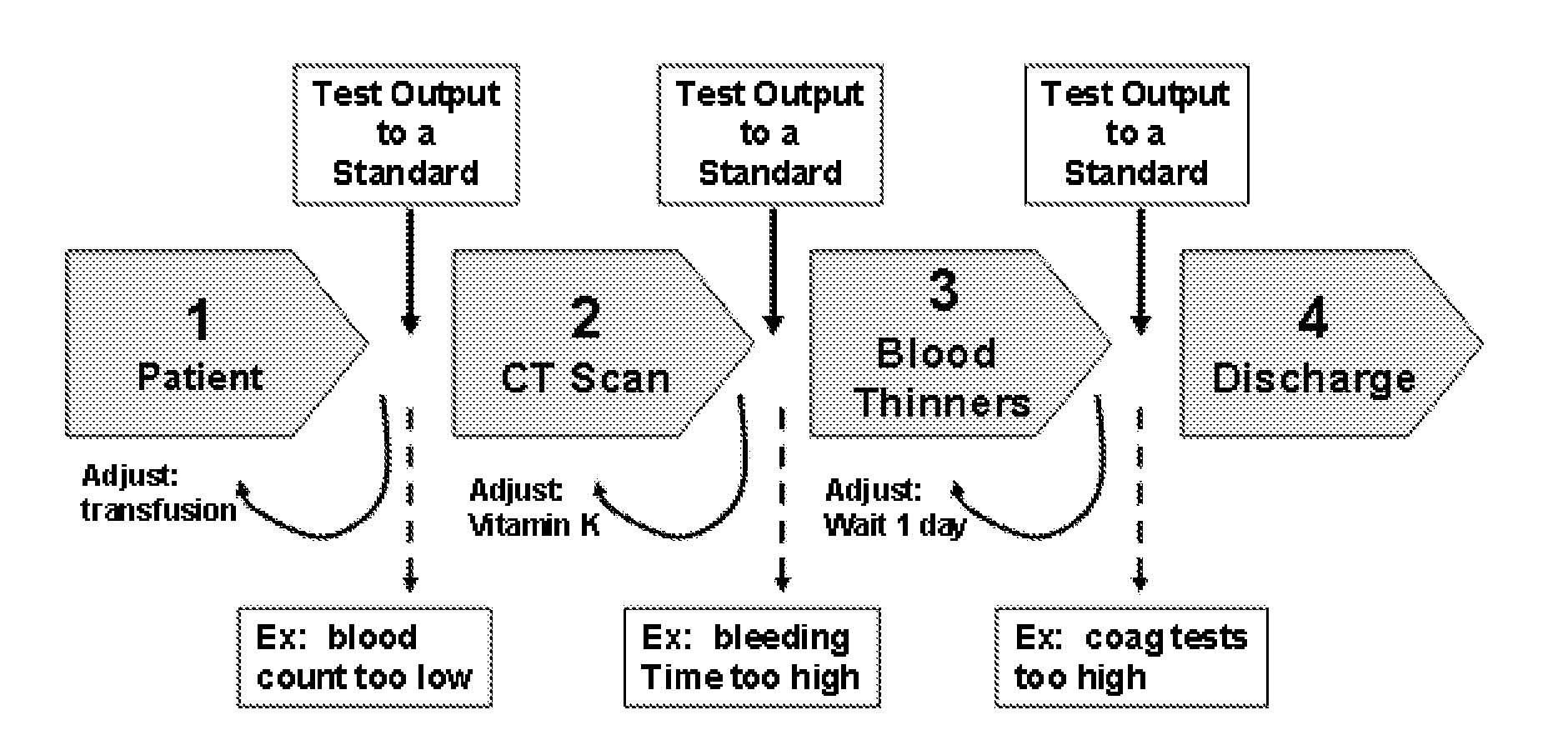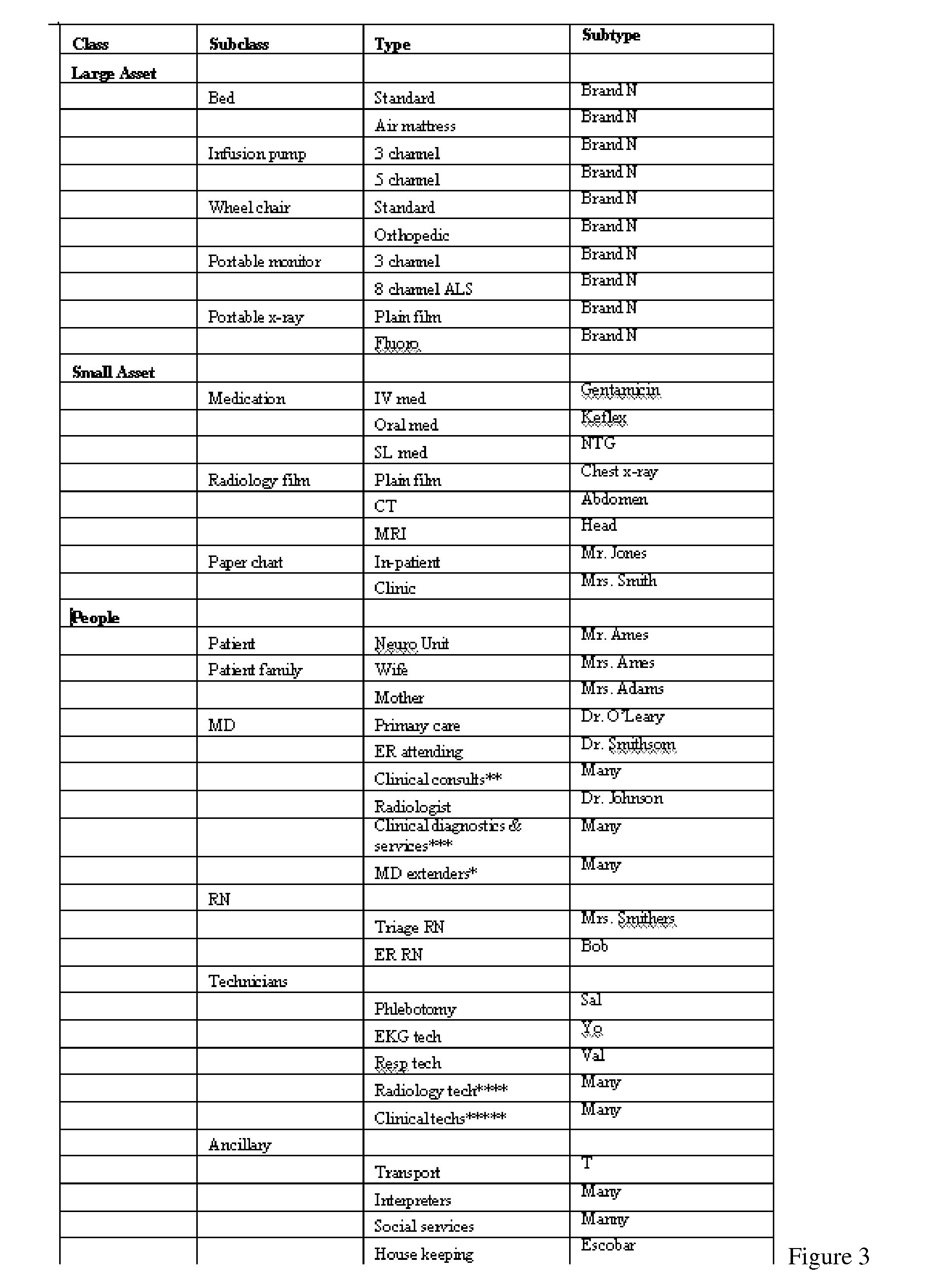Method and system for providing clinical care
a clinical care and clinical technology, applied in the field of health care, can solve the problems of poor implementation and adherence to clinical guidelines, delays in care, poor communication among facility staff, etc., and achieve the effects of improving the potential of improving patient outcomes, and improving the likelihood of guideline utilization
- Summary
- Abstract
- Description
- Claims
- Application Information
AI Technical Summary
Benefits of technology
Problems solved by technology
Method used
Image
Examples
Embodiment Construction
[0033]As used herein, the following terms have the following definitions:
[0034]Guideline or Clinical Guideline: A generally accepted clinical care standard developed by specialty societies, regulatory bodies, academic institutions, and / or other clinical organizations and implemented by health care providers. A Guideline typically is based on medical evidence and / or expert experience, and it is usually distributed to providers via paper and / or electronic formats. A Guideline is also known as a best practice, a critical pathway, or a standard of care.
[0035]Joint Commission for Accreditation of Health Care Organizations (JCAHO): An organization in the U.S. tasked with providing biannual accreditation to nearly every facility type. Without accreditation, facilities are unable to accept government reimbursement. JCAHO also disseminates clinical guidelines.
[0036]Clinical Care Protocol (CCP): A condition specific sequence of steps in a process of care and incorporating information derived,...
PUM
 Login to View More
Login to View More Abstract
Description
Claims
Application Information
 Login to View More
Login to View More - R&D
- Intellectual Property
- Life Sciences
- Materials
- Tech Scout
- Unparalleled Data Quality
- Higher Quality Content
- 60% Fewer Hallucinations
Browse by: Latest US Patents, China's latest patents, Technical Efficacy Thesaurus, Application Domain, Technology Topic, Popular Technical Reports.
© 2025 PatSnap. All rights reserved.Legal|Privacy policy|Modern Slavery Act Transparency Statement|Sitemap|About US| Contact US: help@patsnap.com



